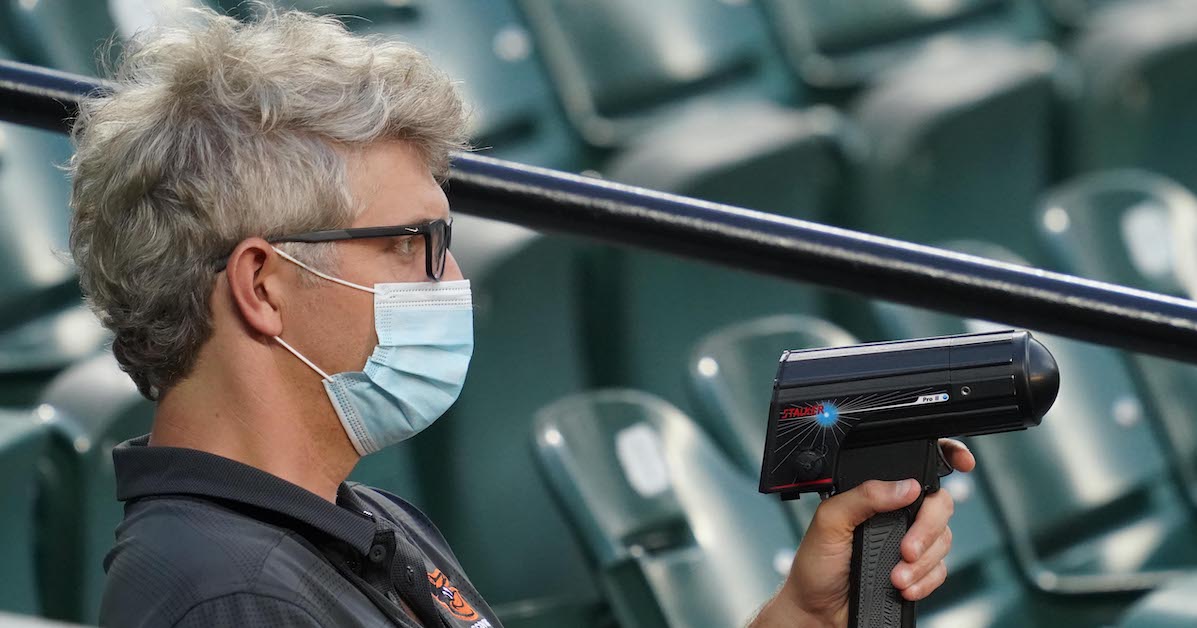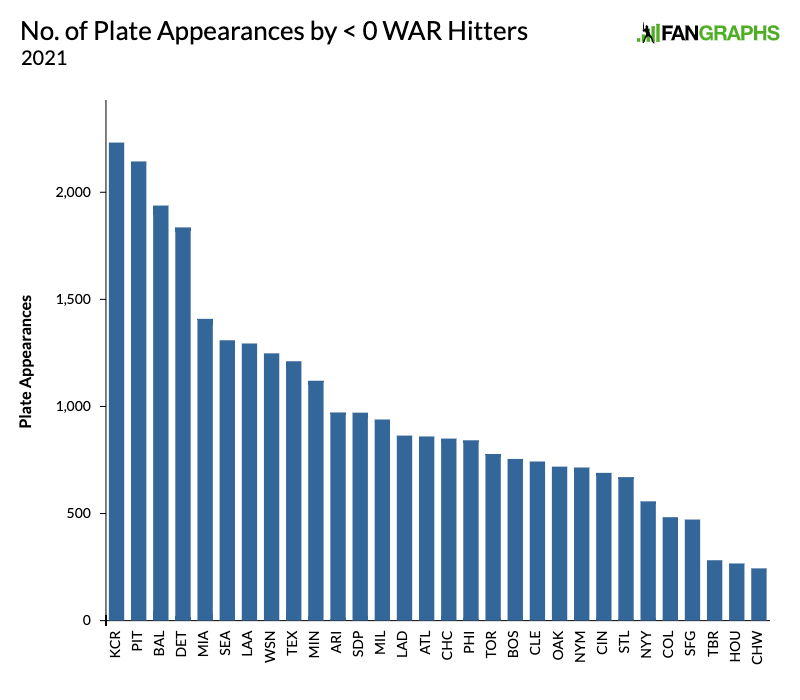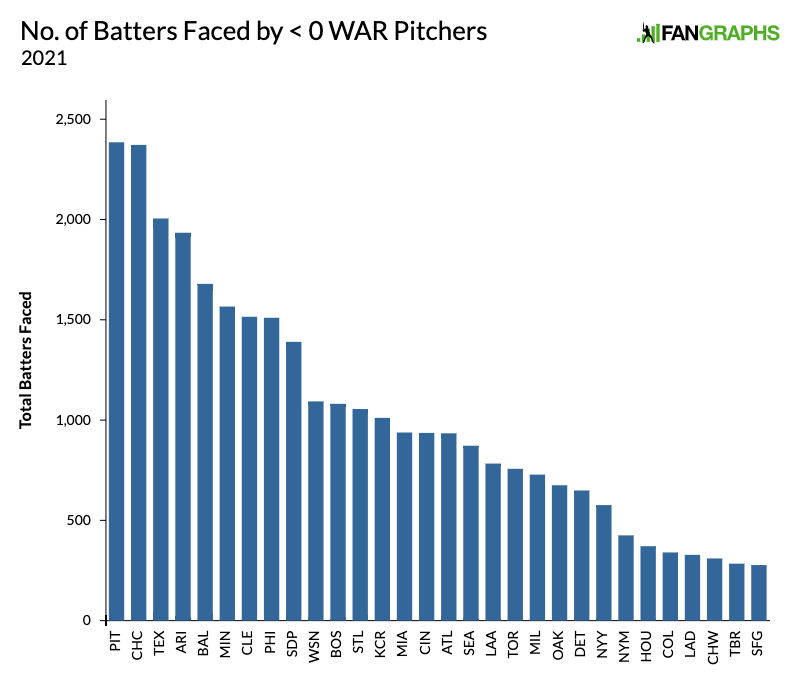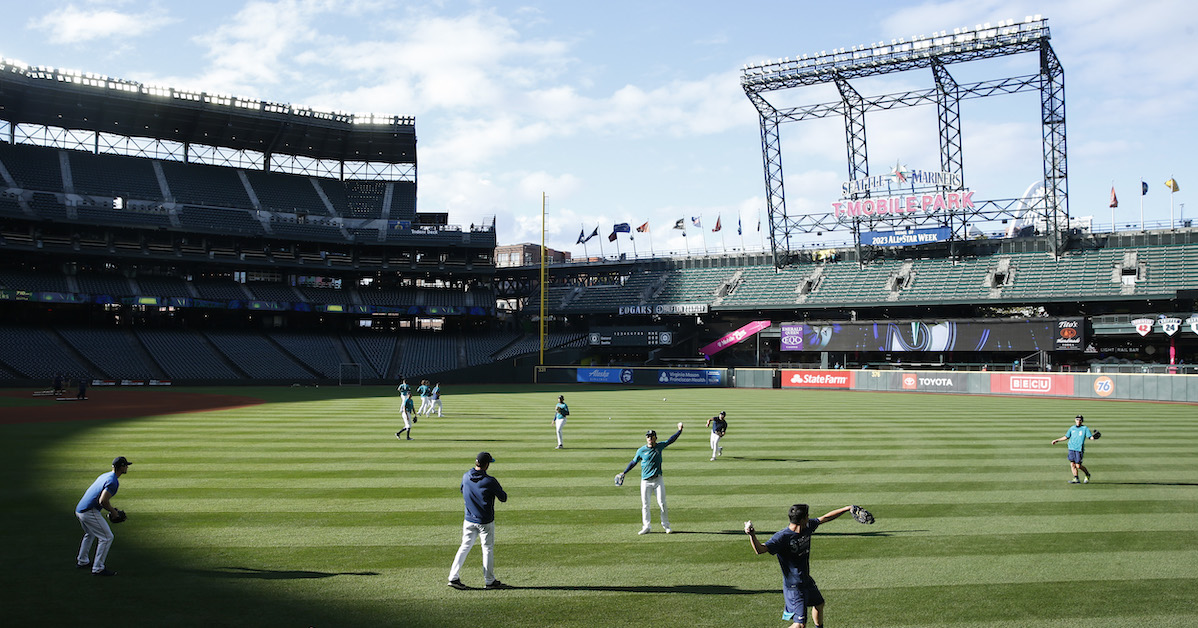Another Way To Appreciate Shohei Ohtani
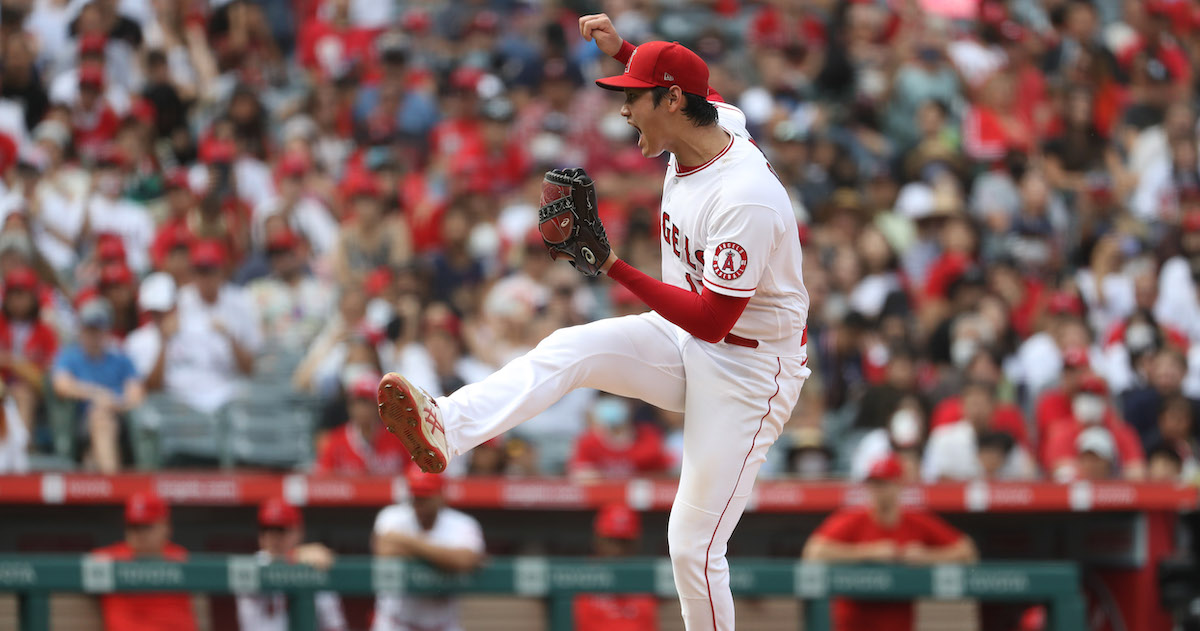
Picture this: Bases loaded, two outs, full count in a tie game. It’s the ultimate high-stakes situation, and isolated on the mound is the pitcher, left to fend for himself. He can’t mess up — not here, not in front of everyone. He does what only a pitcher can do, and that’s use the adrenaline pent up inside to his benefit. So on the next pitch, he fires off a 100-mph fastball, up and in. The opposing hitter swings… and misses. The crowd goes berserk. Inning over. Jam: escaped.
This is the stuff of legends. It’s a moment we’ve thought about at least once as a kid; there’s nothing quite like a bases-loaded escapade that captures the imagination. The cool thing, though? It’s that major league pitchers have been more than willing to live out this fantasy. In 2018, Sam Miller wrote about which instances produce a pitcher’s fastest fastball, and his conclusions are intuitive: when the pitcher is ahead, especially with two strikes, and when there’s two outs. Our favorite pitchers aren’t just strike-throwing robots; they’re also swayed by the heat of the moment, making them even more entertaining to watch.
Inspired, I started to look at data from last season. With two strikes, pitchers averaged 94.2 mph on their four-seamers. In all other counts, they averaged 93.5 mph, for a difference of 0.7 miles per hour. Not too dramatic, but across a large sample of pitchers, it’s significant nonetheless. It’s here I began to wonder: which pitchers in 2021 had the largest differences between their average four-seam velocity in two-strike counts and non–two-strike counts? Maybe you thought of Max Scherzer, who’s known for having a second, even third gear. He’s up there for sure, but not high enough. Because this is what the top five looks like:
| Player | Pitches | Non-2s Velo | Two-strike Velo | Diff. |
|---|---|---|---|---|
| Shohei Ohtani | 895 | 95.2 | 97.2 | 2.0 |
| Shane McClanahan | 798 | 96.0 | 97.9 | 1.9 |
| Kris Bubic | 1144 | 90.5 | 92.1 | 1.6 |
| Carlos Rodón | 1302 | 94.9 | 96.5 | 1.6 |
| Trevor Bauer | 723 | 93.4 | 95.0 | 1.6 |
Hey there, Shohei. Read the rest of this entry »



